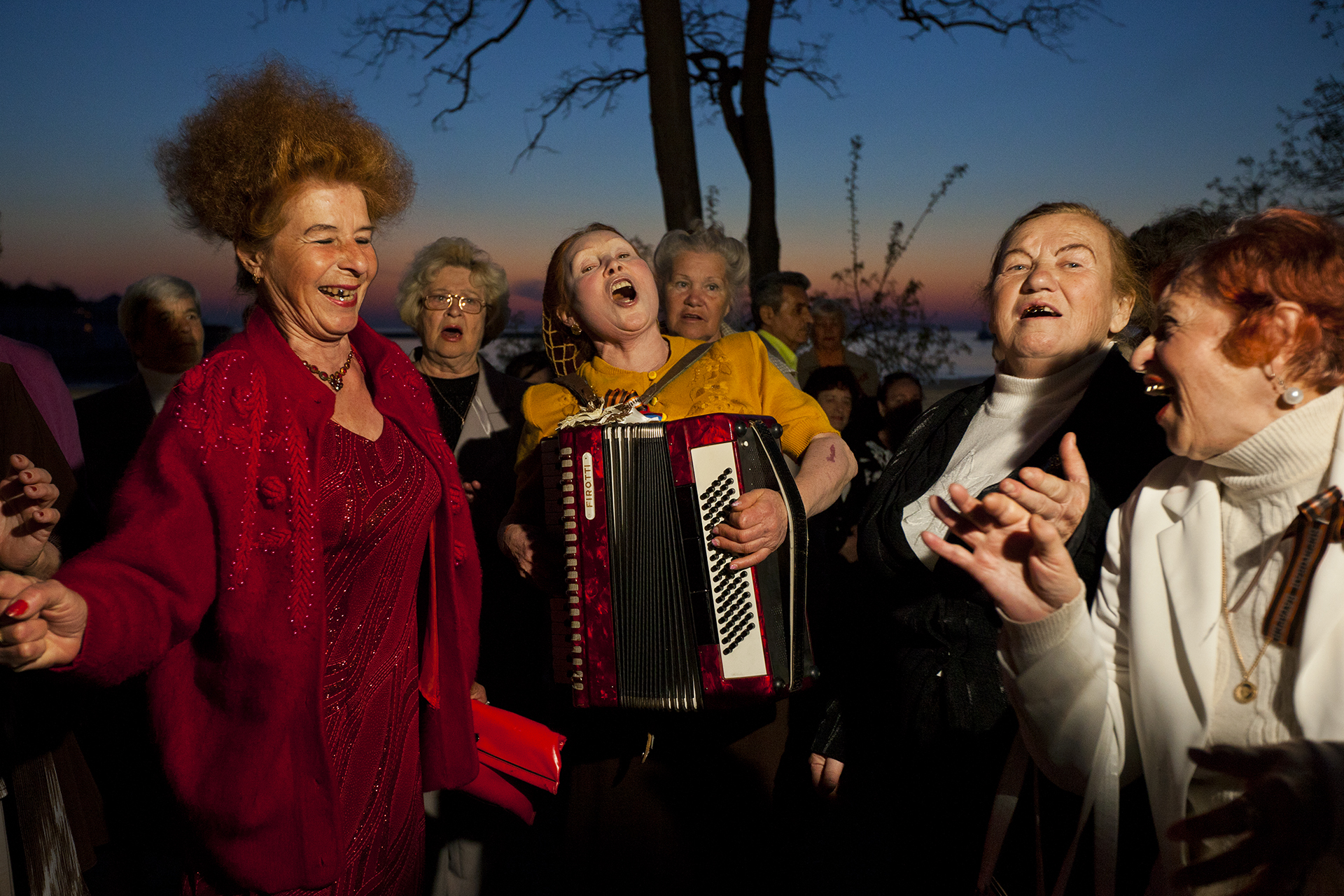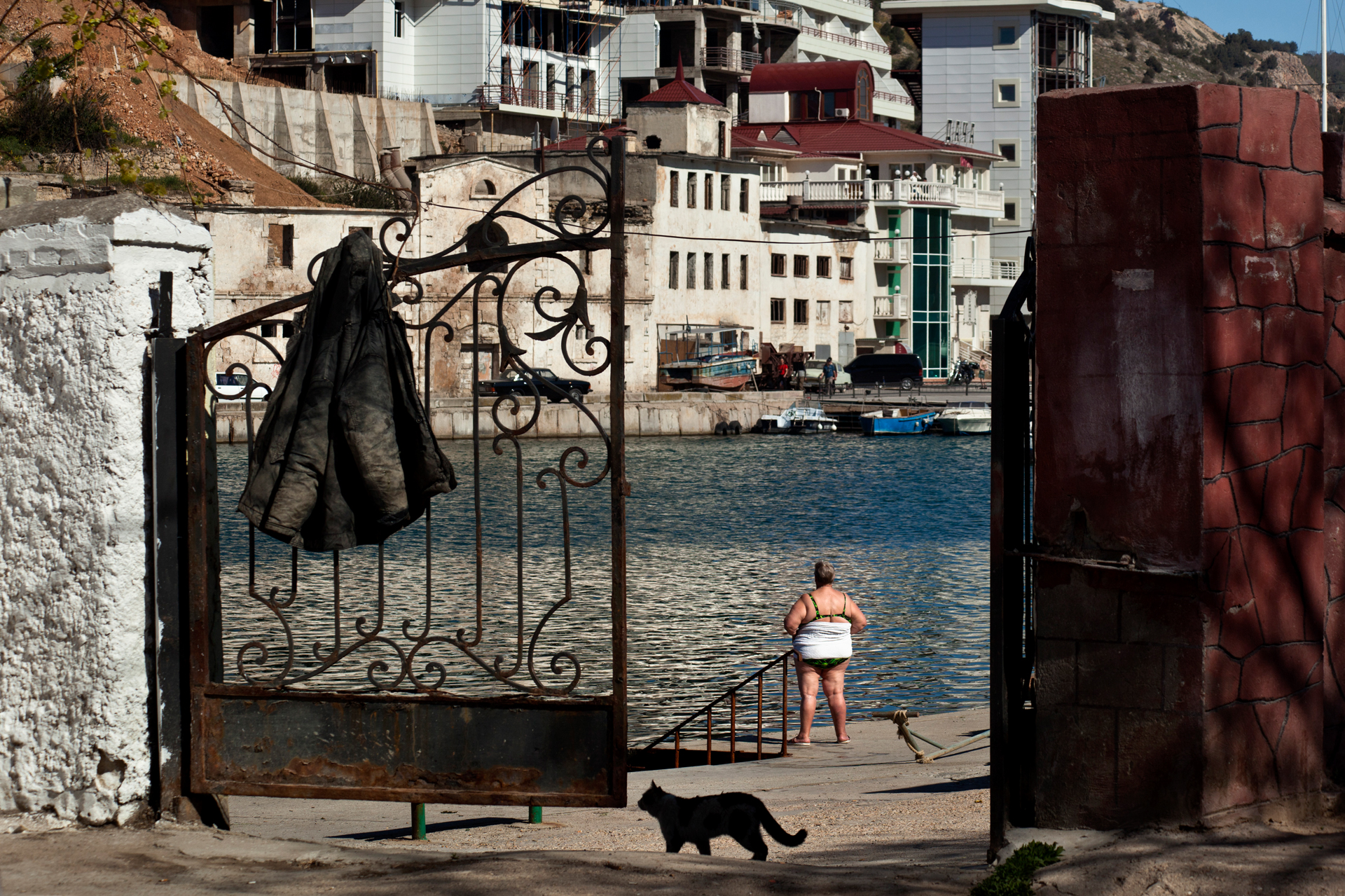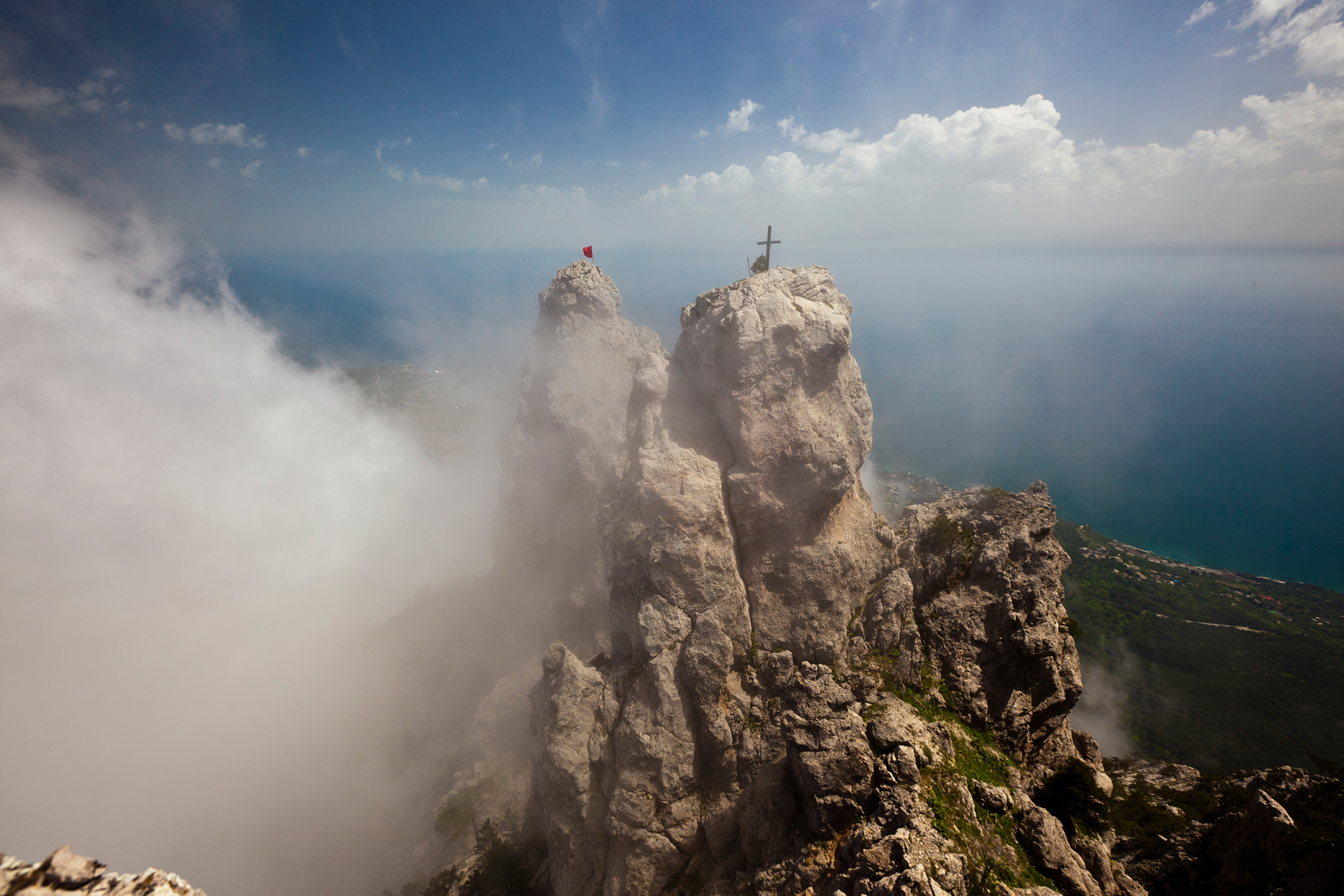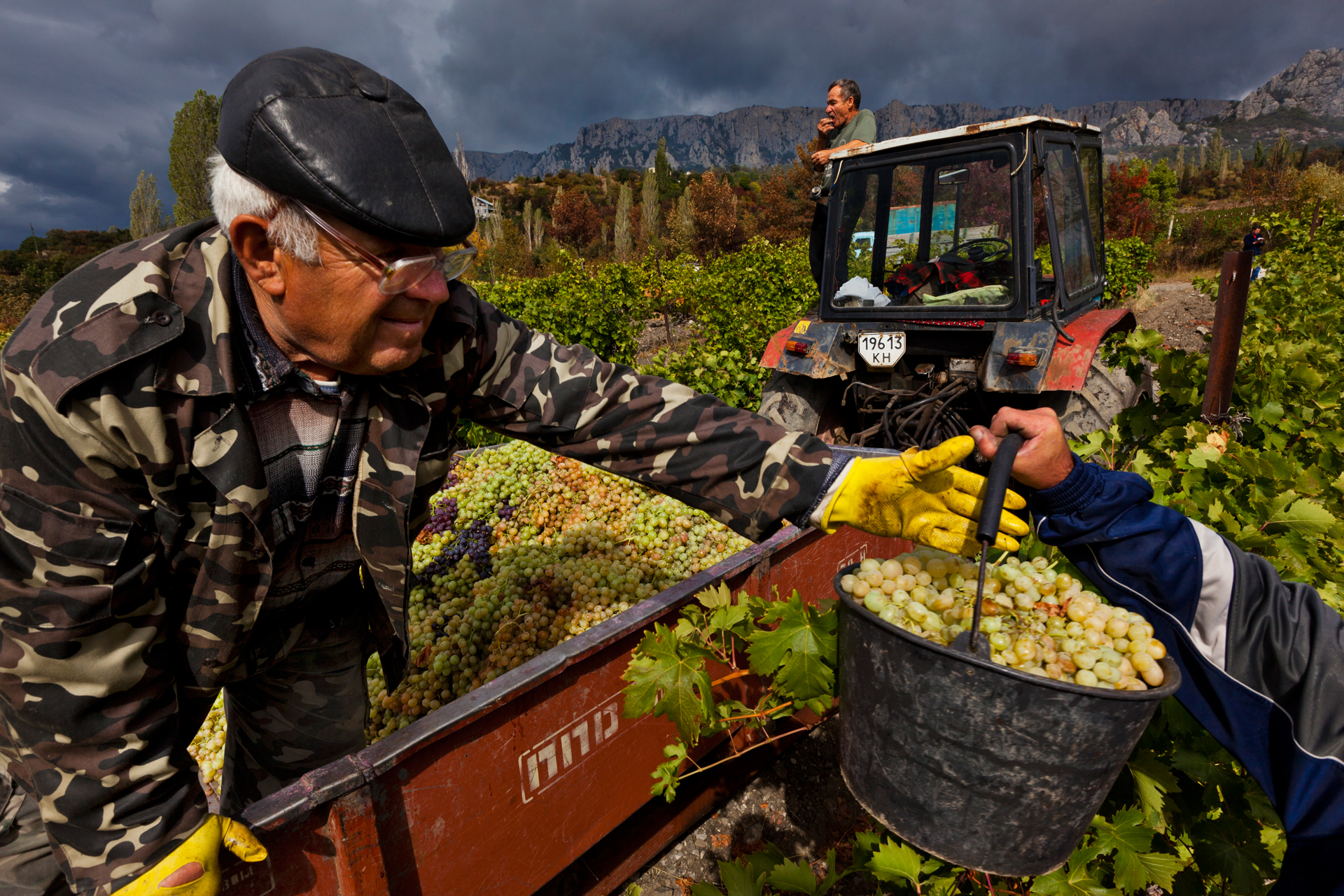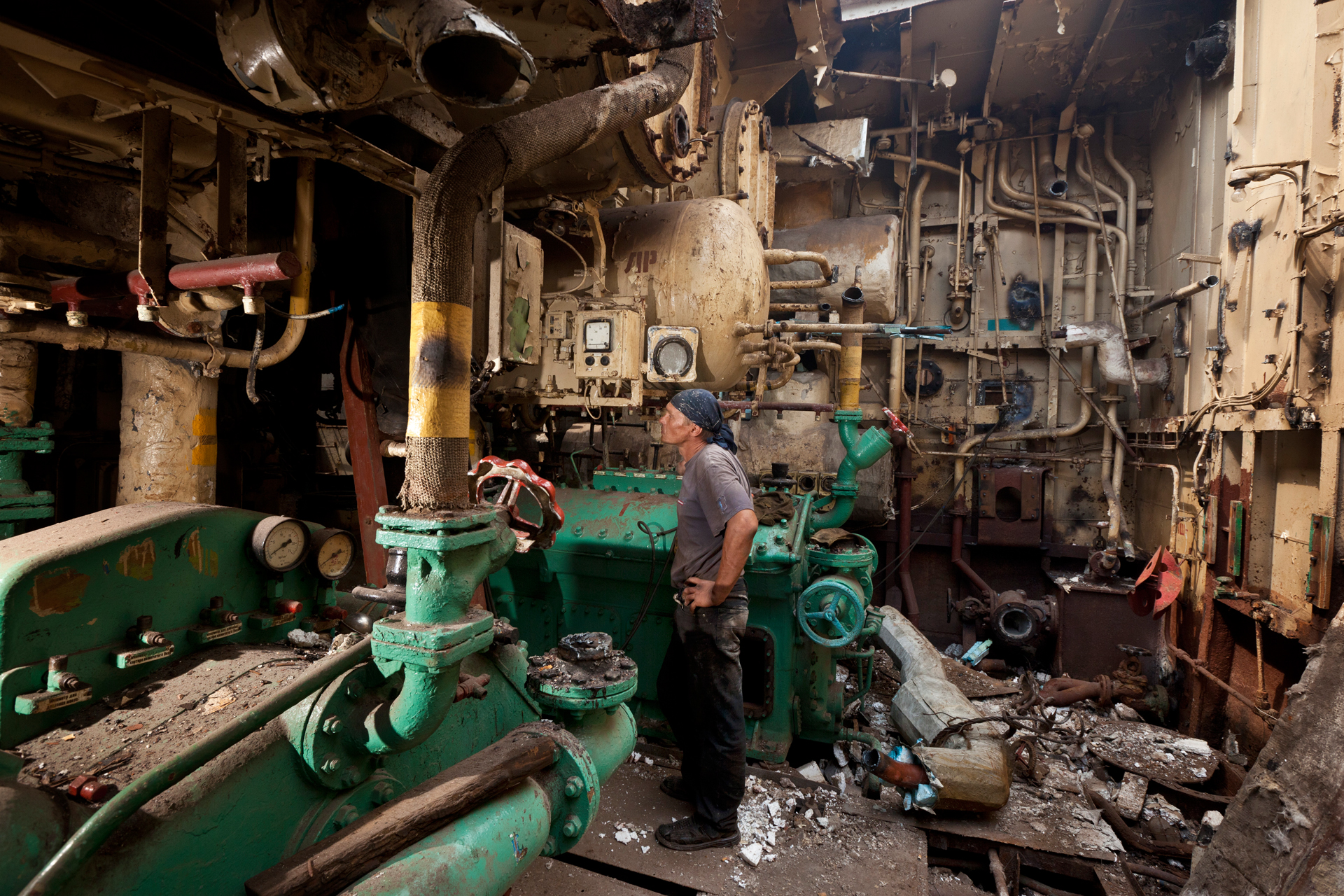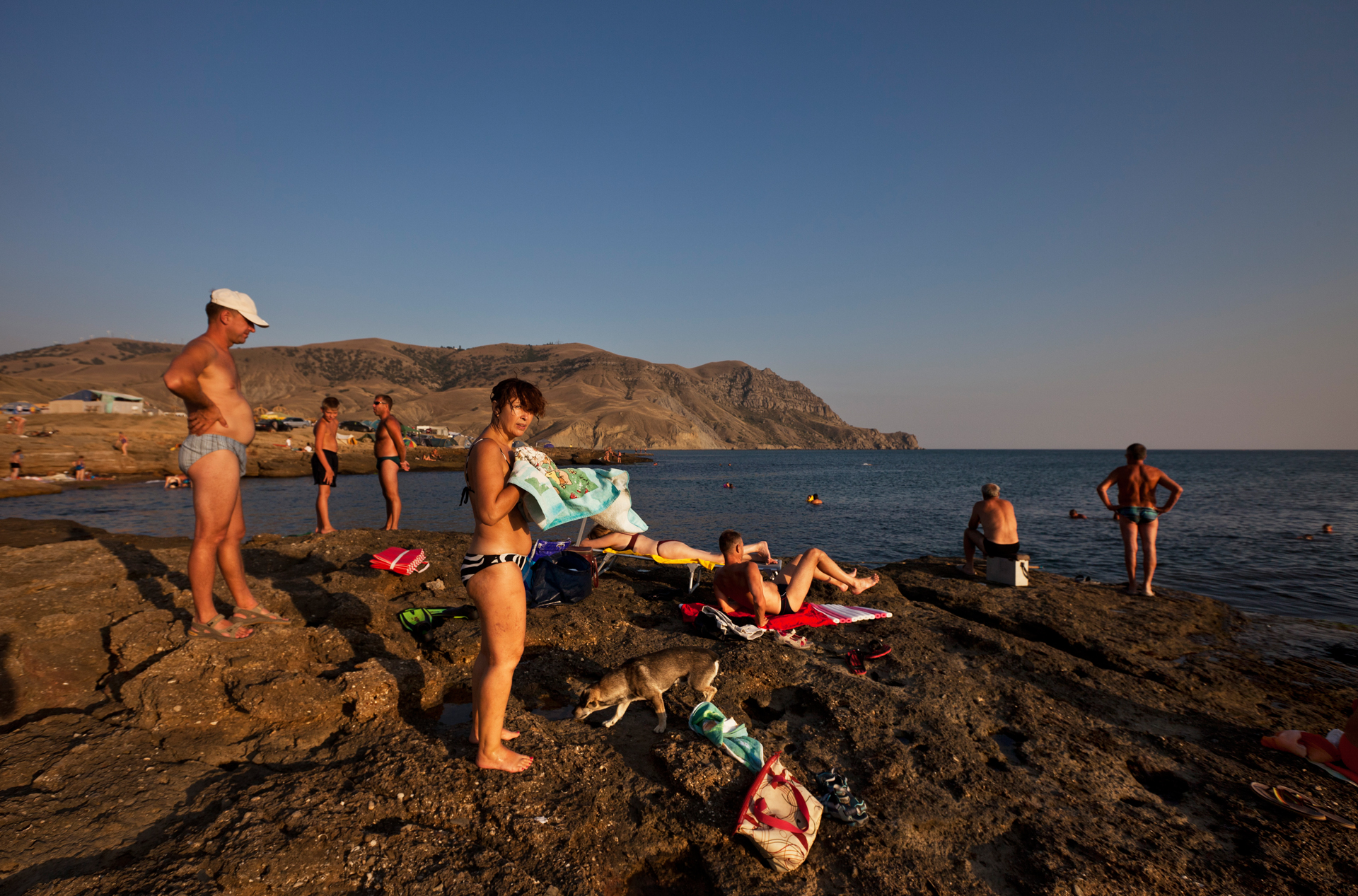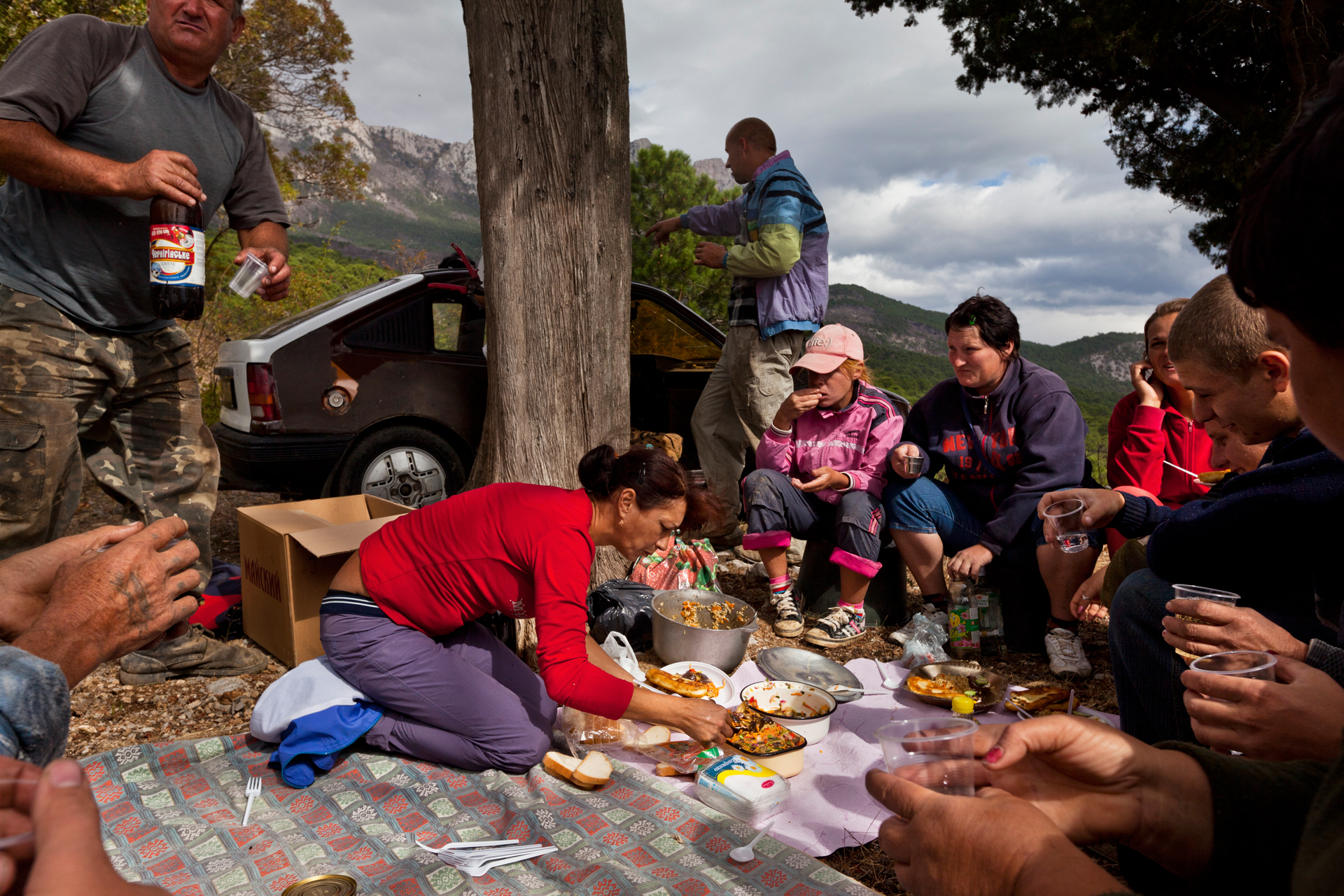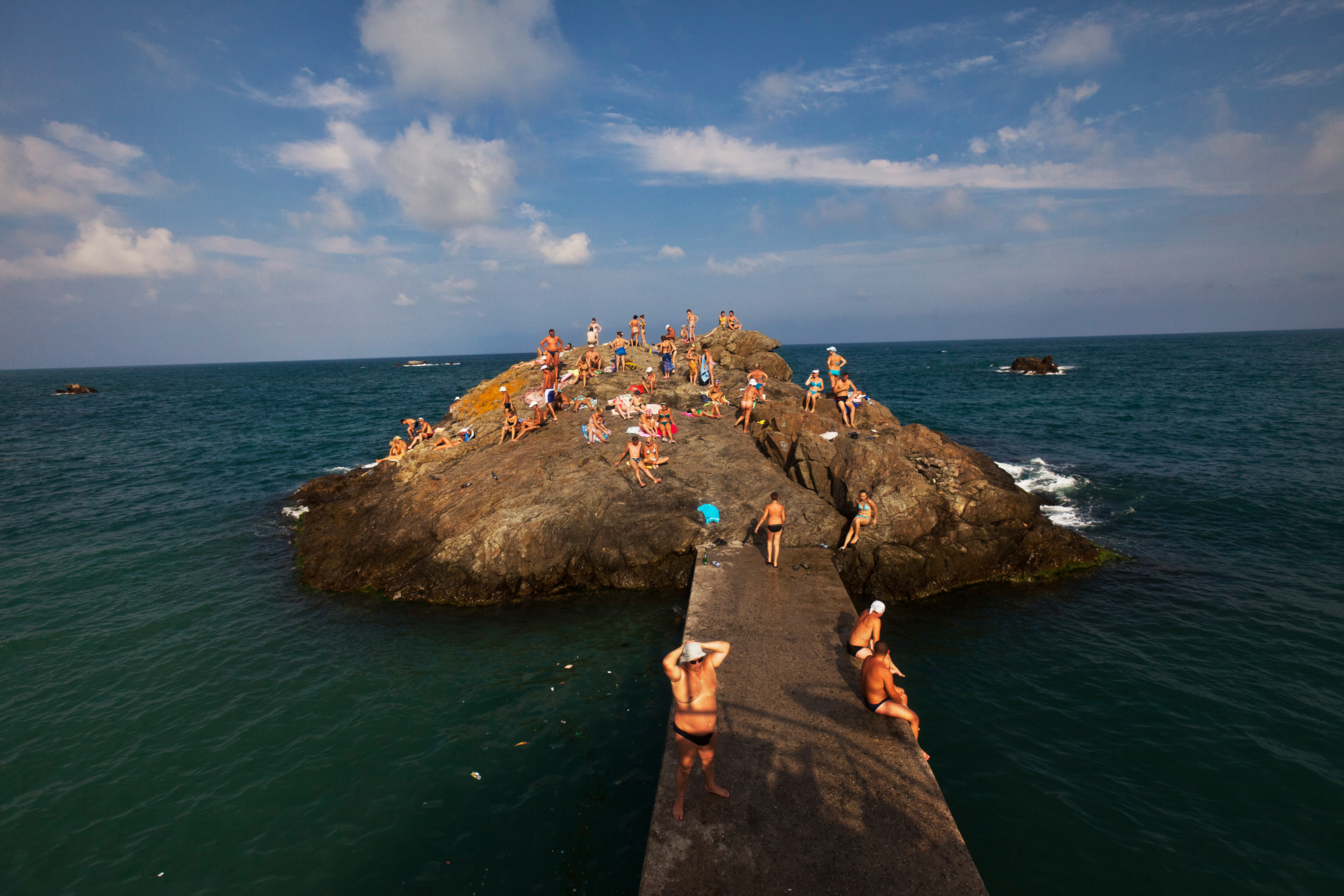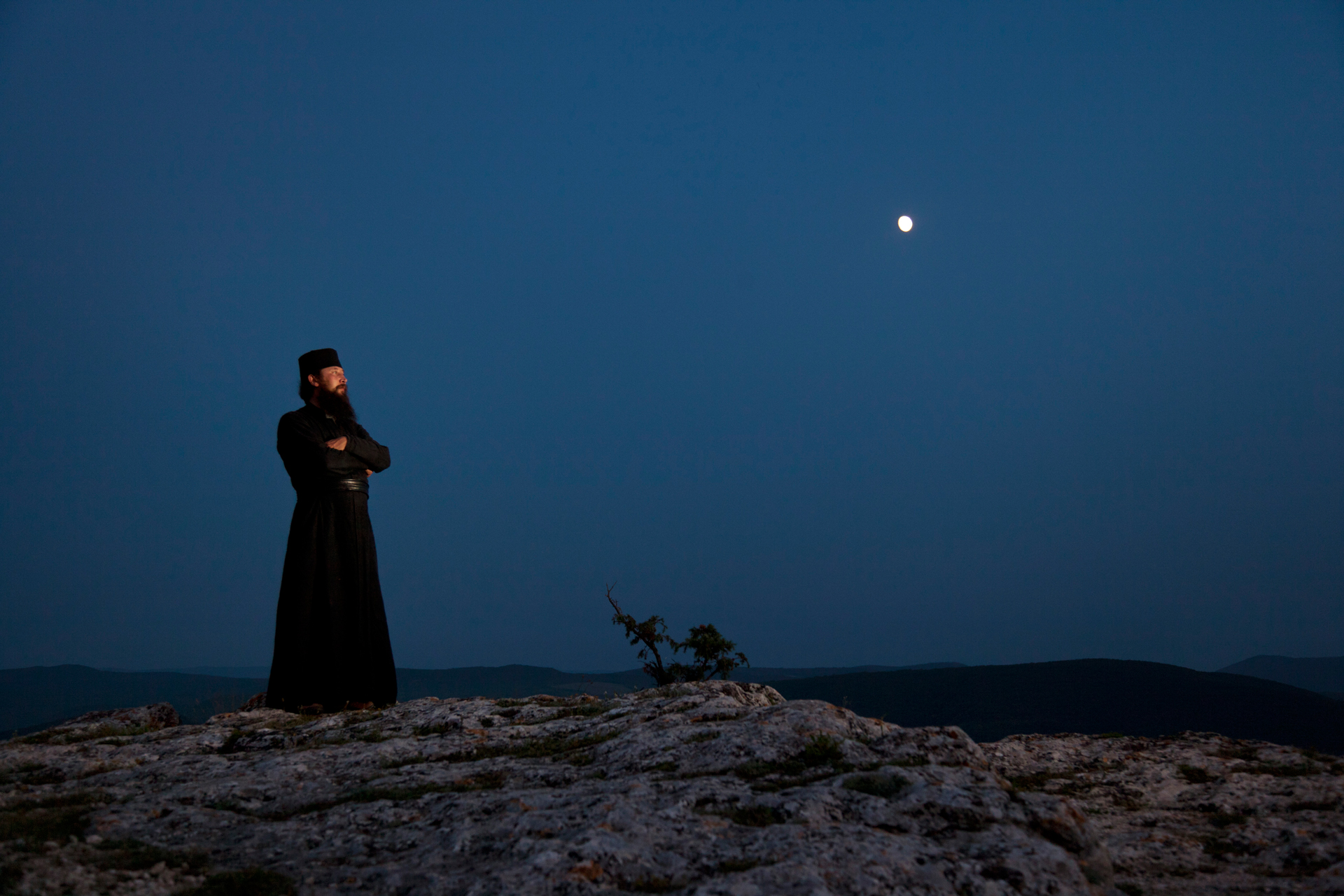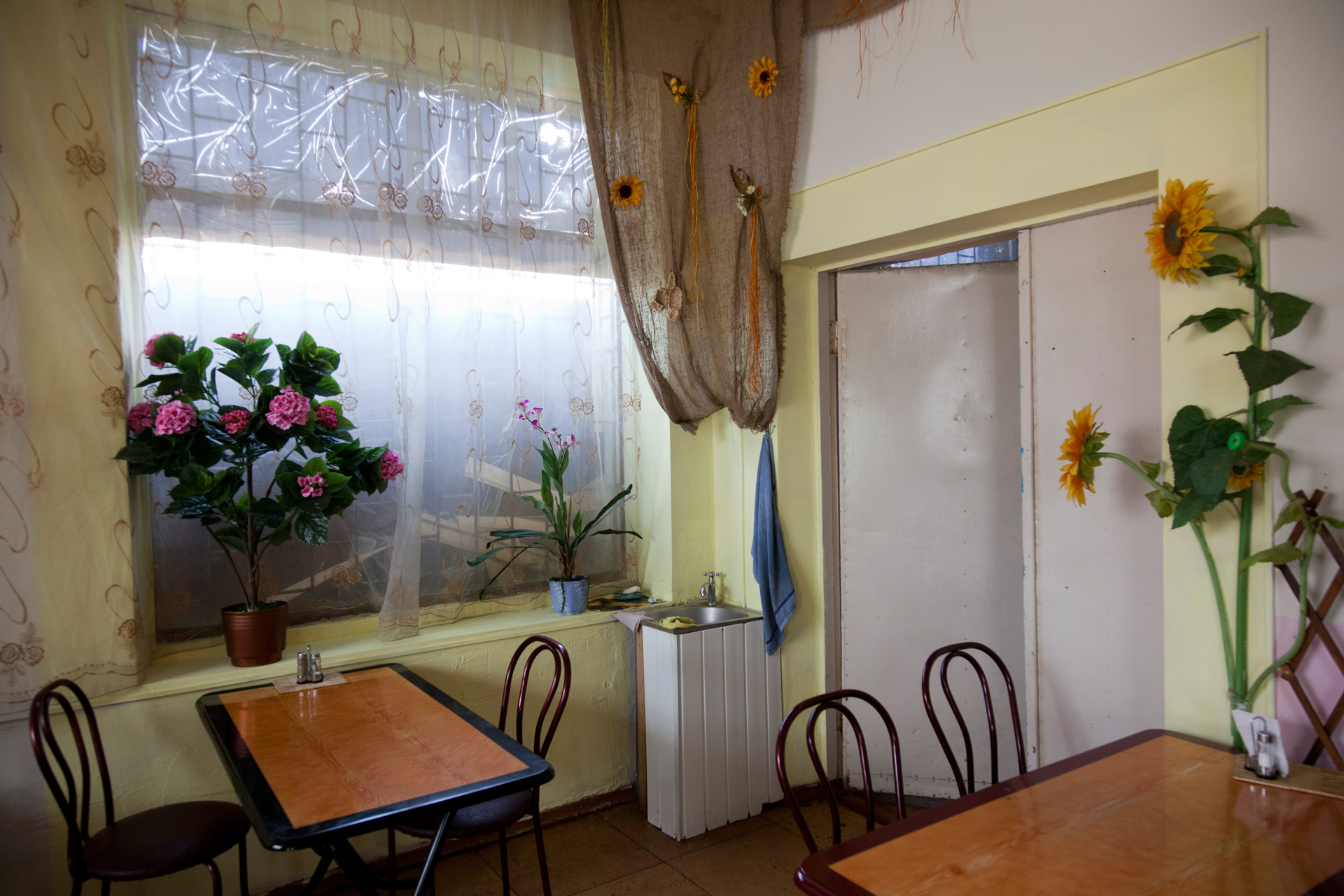Crimea is a diamond shaped peninsula suspended from the south of Ukraine and surrounded by the Black Sea, on the same latitude as the south of France. Officially known as the Autonomous Republic of Crimea, it has its own parliament and capital, Simferopol, but takes its orders from Kiev. Physically and politically, Crimea belongs to Ukraine; mentally and emotionally, it identifies with Russia and makes many Ukrainian citizens feel like strangers on their own territory.
In 1954 Nikita Khrushchev, First Secretary of the Communist Party of the Soviet Union, signed Crimea over to Ukraine. It was a symbolic present – Moscow was still in charge. After the 1991 collapse of the Soviet Union and the emergence of an independent Ukraine, the former Soviet Black Sea Fleet based in the Crimean harbor of Sevastopol became a point of serious contention between Russia and Ukraine.
Today, Russians in Crimea regret Khrushchev’s act. And there are many – more than 50% of the Crimean population is Russian vs. less than 30% Ukrainian. The starkest criticism comes from the Crimean Cossack movement, a Russian nationalist group. At regular summer camps, Cossack youths, ages 8-16, receive lessons in discipline and military training.
These Crimean Cossacks engage in regular skirmishes with the Crimean Tatars, an ethnic Turkic group that resided in Crimea until their mass deportation by Stalin in 1944. The Tatars were not allowed to return to Crimea from exile until the beginning of the Perestroika in the mid 1980s. Their return, however, is still opposed by many Russians.
Tourism in Crimea is almost as old as tourism itself. Warm, lovely, lush, with a voluptuously curved coast of sparkling cliffs, Crimea was a jewel of the Russian Empire, the retreat of Romanov tsars, and the playground of the Soviet political elite. Today, vacationers from Russian, Belarus, and Ukraine relax on its beaches and in its sanatoriums. As the tourism industry in Crimea is starting to look west, its strange side-by-side existence of old Soviet style sanatoriums and excessive western entertainment, creates a bizarre mix.

